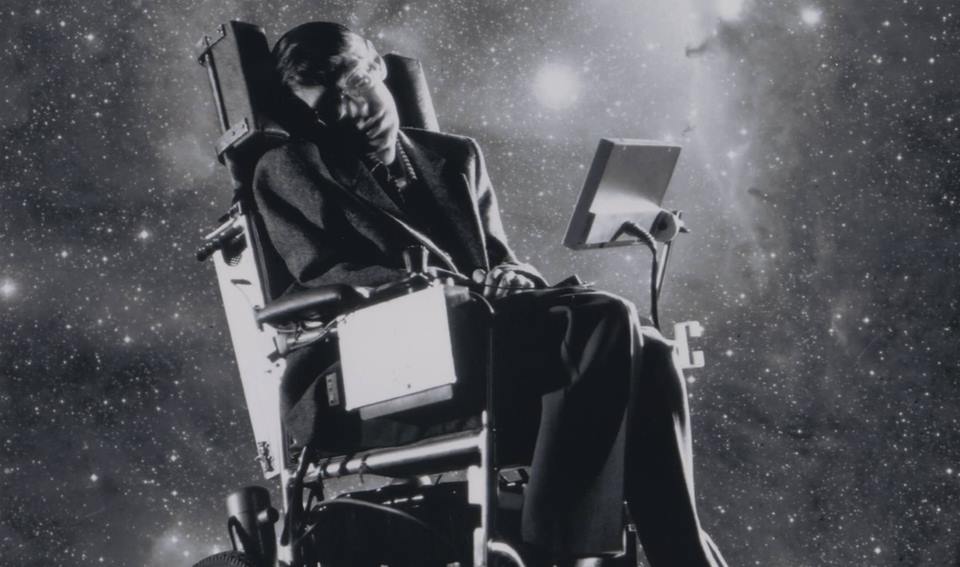Somehow missed the Atlantic interview from a couple weeks ago that Ross Andersen conducted with Russian billionaire Yuri Milner, who’s dedicated $100 million to speed tiny probes to Alpha Centauri in just 20 years time. This article is better and deeper by far than anything else I’ve read on the subject, revealing how and why the entrepreneur, named for Gagarin and raised on Asimov, believes he can accomplish his mission and explaining the smaller details (e.g., ground-based laser beams vs. space-based).
An excerpt about the desert power station that is planned to propel the crafts:
Milner told me that a ground-based laser could run off a giant power plant devoted solely to the mission. It could be a solar array in the Atacama desert, given how much sunlight pours onto its stark landscape. To make it work, the array would have to stretch for tens of miles, and it would need a battery large enough to store fodder for the daily firing of the world’s most powerful laser cannon.
The laser team would need to time its daily blast carefully, to avoid destroying the satellites and planes that pass overhead. When fired, the beam would shoot up through the atmosphere, and slam into the disc-like probe, sending it hurtling toward the edge of the solar system. After only a few minutes, the probe would be traveling at a significant fraction of the speed of light. It would pass Mars in less than an hour. The next day, it would streak by Pluto. (New Horizons took 9 years to achieve this feat.) As the probe headed deeper into the Kuiper belt’s recesses, another one would pop out from the mothership, and float into the laser’s line of sight.
“If you have a reasonable sized battery, and a reasonable sized array, and a reasonable sized power station, you probably can do one shot a day,” Milner told me. “And then you recharge and shoot again. You can launch one per day for a year and then you have hundreds on the way.”
By sending a whole stream of probes, you get more data, and also redundancy. Any encounter with interstellar dust would be fatal for a thin, flimsy disc traveling at cosmic speeds. A few hundred probes would probably be enough to guarantee that one slipped through—although it’s not a certainty.•



